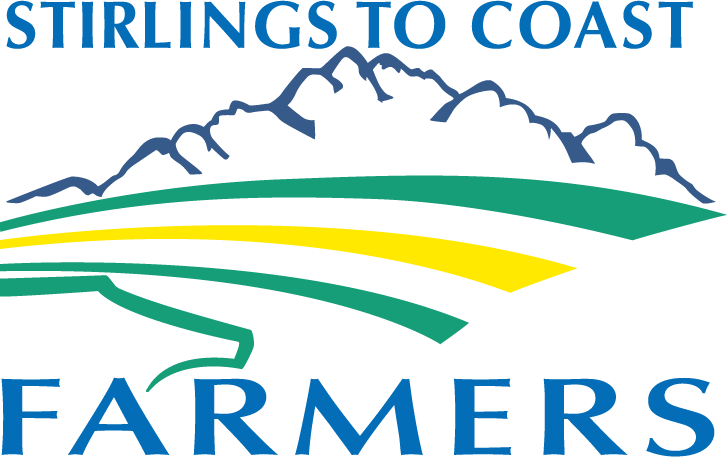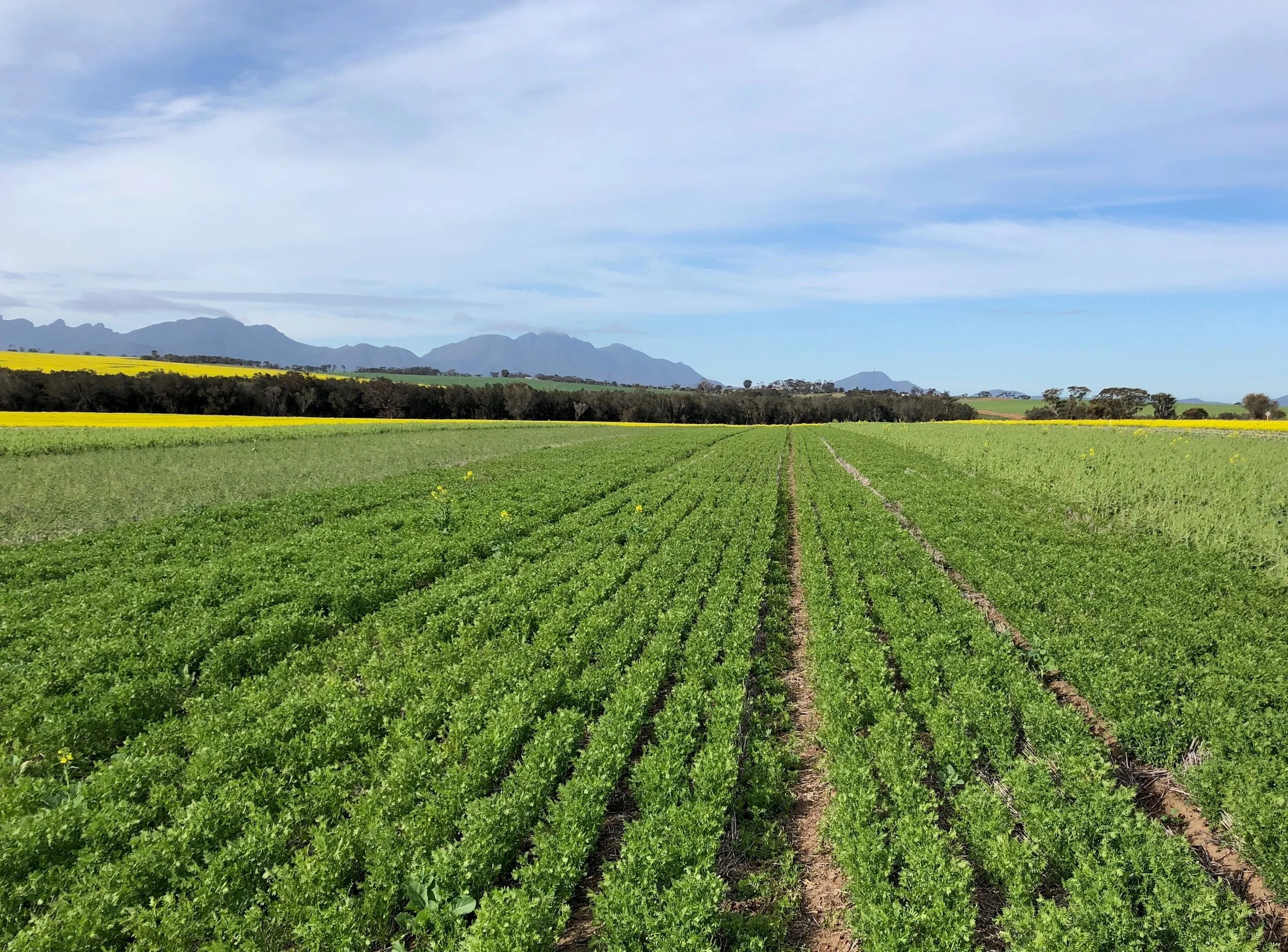LEGUME DEMONSTRATION
key messages
Legumes are more susceptible to frosts and high temperatures during flowering than cereals and canola.
When legumes crop prices are high, the revenues derived are competitive with conventional crops such as wheat, barley and canola.
Growers can learn legume agronomy very quickly. Planting legumes in favourable environmental conditions is a much more significant factor.
Ongoing research and demonstration work are required to continue driving grower adoption of legume crops in WA. Increased cropping diversity is an ongoing ambition for the entire grains industry.
Summary
One of the aims of this project was to increase crop diversity by adding a legume into the crop rotation. Adding a legume to the cropping phase can help improve soil health and disease and weed benefits that will help farmers maintain or improve overall crop yields. In 2018 three legume demonstrations were set up in Frankland, Kojonup, and Carrolup with four legume crops grown. In 2019 these trial sites were sown over with a cereal and yield data was collected.
The wheat in Frankland achieved a slightly higher yield than the grower’s 5-year average of 5t/ha with 5.1 – 5.6t/h in the different legume treatments. It was a dry start and dry finish to the 2019 growing season, with most of the rainfall falling between June – August. The Frankland lupin treatment yielded significantly less than the other legume treatments in 2019. Researchers are unsure why the 2018 lupin treatment yielded less in 2019. Soil samples collected in early April 2020 may provide some clarity.
Four new legume demonstrations were established in 2019 at Amelup, Gnowellen, Muradup, and Broomehill. Chickpeas, Lentils, Lupins, Faba beans, and Field peas were grown. Jurien Lupins performed the best in both the Muradup and Broomehill trials. The Lupin prices in 19/20 season were excellent, reaching over $500/t post-harvest. At the Muradup trial, the grower wanted to investigate the effects of double seeding Faba beans compared to single-pass (standard) seeding. The double seeded treatment was sown over twice effectively getting a 250kg/ha seeding rate and 220kg/ha of starter fertiliser. The single-seeded treatment seeding rate was 125kg/ha and 110kg/ha of fertiliser. The double seeded Faba bean treatment yielded 1t/ha higher (2.56t/ha) than the single sown treatment, which equated to a return of $1300, $513 more than the single-seeded treatment.
IMPLICATIONS
The grain prices for Lupins were exceptional in 2019, getting up to $510/t due to minimal supply and high demand. The average 10-year price for Lupins is $334/t. The other 2019 prices for the demonstrated legumes were equal with the 10-year averages. In 2018, high prices were achieved by Faba Beans getting $1000 per tonne, but Faba beans were significantly lower in 2019 at $508/t.
All legume crops appear to have higher pricing fluctuations that mainstream crops like wheat, barley and canola. When prices are high growers can achieve similar revenues to the standard crops as seen at the Broomehill site in 2019 (nearly all legumes) and with Faba beans at Frankland in 2018. Ideally, the industry needs to develop more markets for legume crops which would reduce price volatility and lift average prices from year to year. With a little more pricing certainty, it is likely growers would add legumes to their cropping programs more often. Growing legume crops more often would lead to an increase in agronomic skills and knowledge, which would ultimately reduce yield volatility.
Resources
ACKNOWLEDGEMENT
SCF would like to thank GRDC for investing in this project and Southern Dirt for partnering with us.




